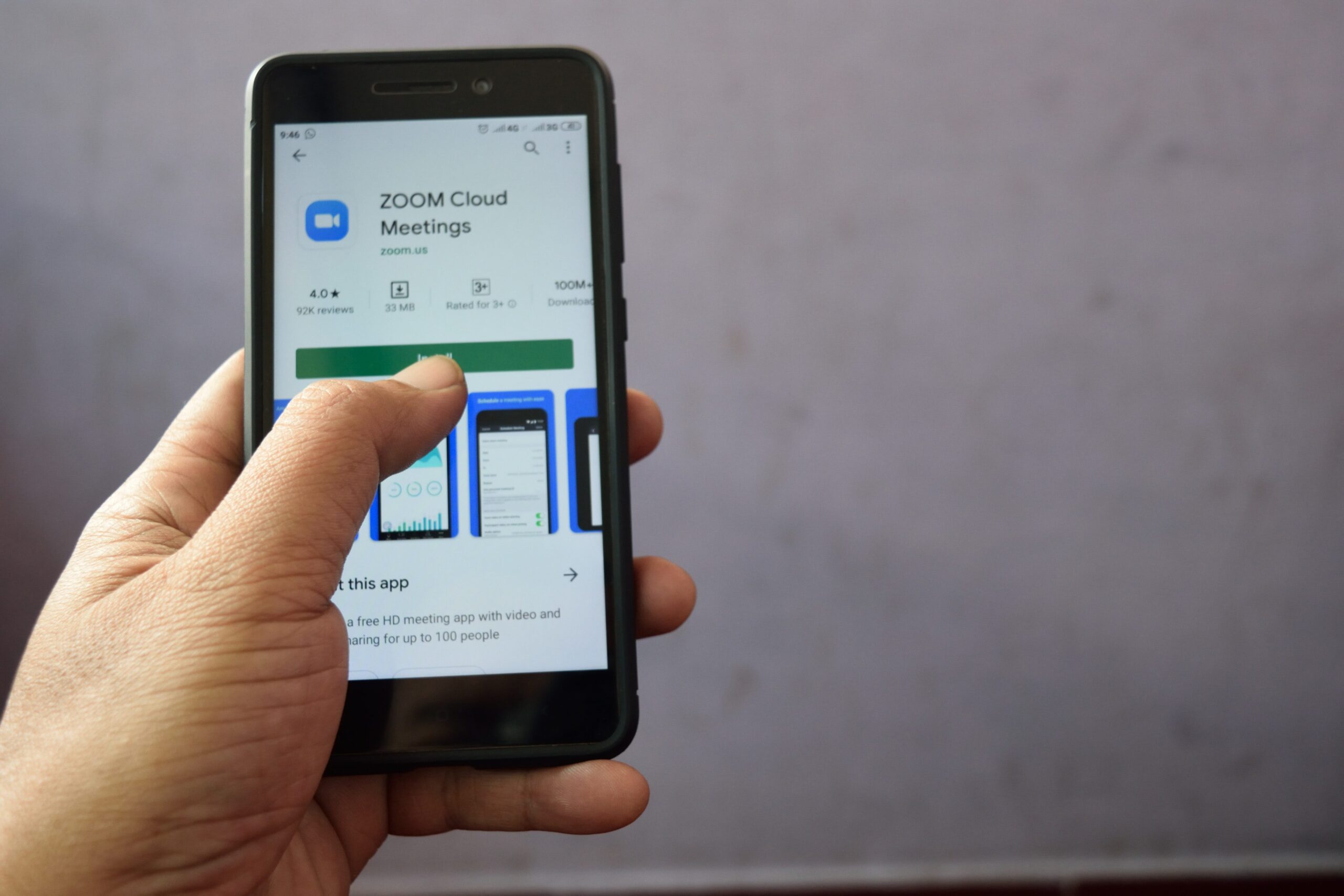Digital literacy skills may seem universal, especially if we consider all the places and situations where technology exists. Research has shown, however, that access to and use of technology vary based on demographics such as race, economic class, education, place of birth, etc. Through their work with refugee and newcomer clients, service providers can help minimize negative effects of these disparities. This blog post offers three basic steps for getting started in supporting clients with digital literacy
1. Understand Digital Literacy Skills and Digital Resilience
What are digital literacy skills?
The United States’ Museum and Library Services Act of 2018 defines digital literacy skills as: “the skills associated with (A) using technology to enable users to find, evaluate, organize, create, and communicate information; and (B) developing digital citizenship and the responsible use of technology.”
What does this mean for service providers? The definition does not focus on one specific skill (such as using email) or tool (such as Microsoft Word)—it focuses on outcomes. The intention is not just to use technology for the sake of using technology. As service providers, we should contextualize digital literacy skills to meet the client’s goals. For example, the specialized technology of the American workplace can be especially challenging (think of technology that you had to learn when you started a new job, like database systems, case noting systems, etc.). To help clients adapt, providers can offer contextualized, explicit guidance that shows how digital literacy and skills are applied in the real world.
Providers should also use a strengths-based approach. Digital literacy levels vary greatly among clients and most already use a smartphone for social media, WhatsApp, and YouTube, which means they have skills that can be leveraged in other contexts. Using existing skills as a starting point, providers can review similarities along with structural differences, such as navigation and security.
This leads us to the term digital resilience.
Digital resilience is: “the awareness, skills, agility, and confidence to be empowered users of new technologies and adapt to changing digital skill demands.”
Even if a client gains specific skills and expands their digital literacy, technology is constantly changing and will continue to change. Users need to be adaptable, flexible, and empowered to use their digital literacy skills in multiple contexts, now and in the future.
To see what these concepts look like in practice, we can turn to several examples of useful digital literacy frameworks.
2. Use Digital Literacy Frameworks to Plan Training
The Digital Resilience in the American Workforce (DRAW) Project is an initiative from Jobs for the Future, World Education, and Safal Partners, with support from the Department of Education. DRAW identified 50+ frameworks, standards, and competencies for digital literacy, all created for different purposes, backgrounds, and contexts. Some frameworks show specific skills and domains. Others provide elements of digital literacy for adult learners, and others focus on specific contexts where digital literacy skills are used.
The Maryland Department of Labor Digital Literacy Framework provides seven interconnected elements of a digitally literate adult learner: technical, civic, communicative, collaborative, computational thinking, investigative, and productive.

The Northstar Digital Literacy standards from Literacy Minnesota directly relate to essential computer skills, essential software skills, and the use of technology in daily life:

To learn more about other digital literacy frameworks, see:
Seattle Digital Equity Initiative Framework – This resource outlines ten digital skills domains found after a comparison of multiple digital literacy and skills frameworks.
Mozilla Web Literacy – This resource reviews core web literacy skills and 21st century skills.
Markel Digital Blindspot Report – The report focuses on the importance of digital skills and resilience for workers and provides a framework for digital skills.
These frameworks can be used to identify strengths and gaps in clients’ digital literacy skills and inform training design. Some frameworks include assessments, which can be diagnostic or self-driven. Several of the frameworks offer a more holistic understanding of what a digitally literate individual should be able to do. After identifying the framework that works best for the goals of your client, knowledge-building through existing resources is the next step.
3. Share Resources and Tools with Clients
Many resources exist to teach digital literacy skills. The Digital Skills Library (DSL), based on the Seattle Digital Equity Initiative Framework, collects high quality, free, and customizable education resources. They come in a variety of formats and lengths to fit clients’ strengths and needs, including videos, e-modules, articles, games, quizzes, etc. Some of the resources are also translated. The DSL includes materials from GCFLearnFree, Wisc-Online, Digital Learn.org, LearnMyWay, and many more. This library will continue to expand and even invites practitioners to submit resources.
Providers working in economic empowerment may want to focus on the Workplace domain within the Digital Skills Library, but note that resources across domains can be linked to job readiness training!
Conclusion
As service providers, we know that clients bring varied levels of digital literacy and resilience. It is important to avoid assumptions and instead focus on support, understanding, and safe spaces for growth. Clear definitions and frameworks help guide our training design, which can incorporate existing resources and tools. Keep in mind that the development of digital literacy skills is part of life-long learning for all of us! Providers have a key role to play in helping empower clients with the digital literacy skills they need to thrive personally and professionally.










